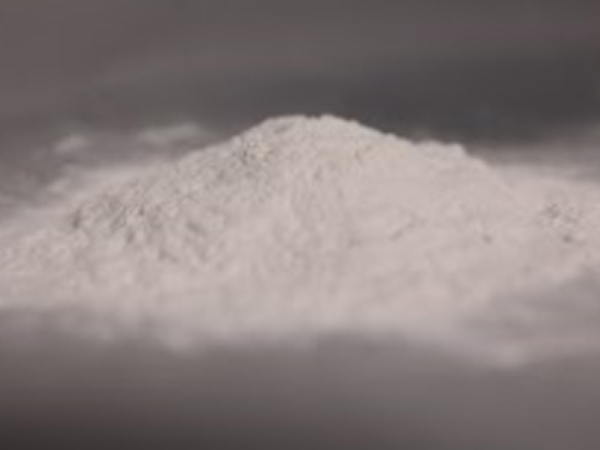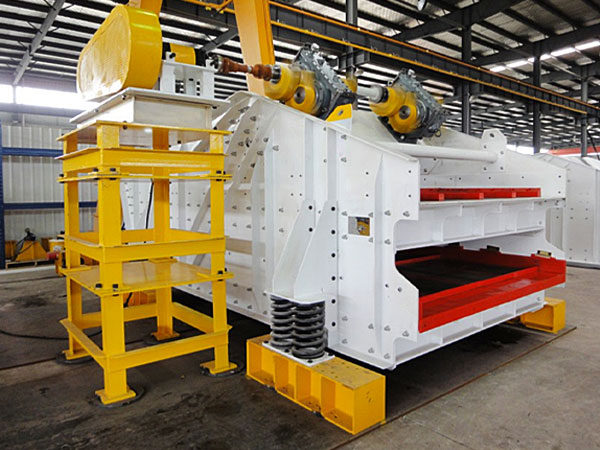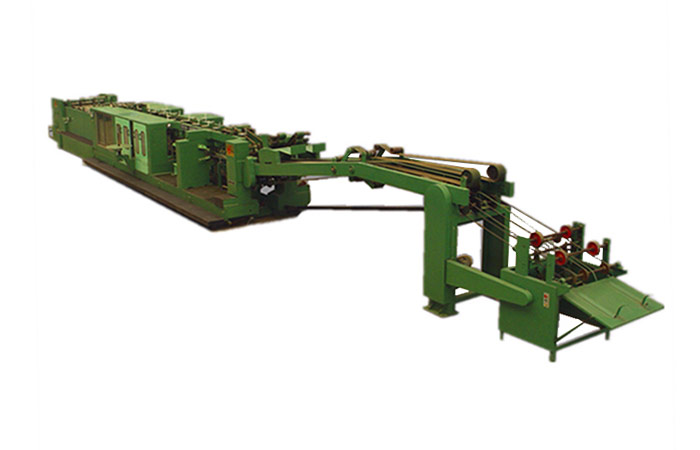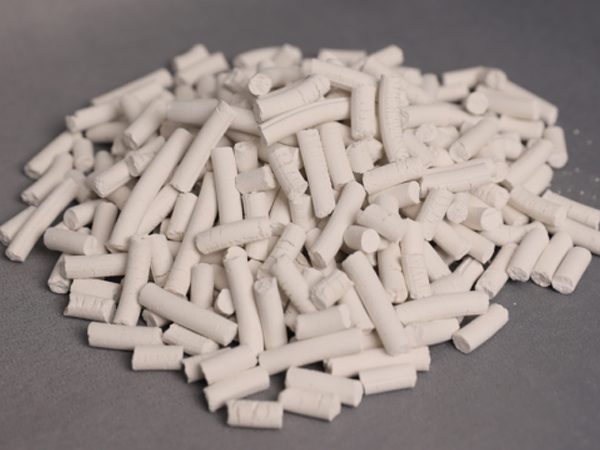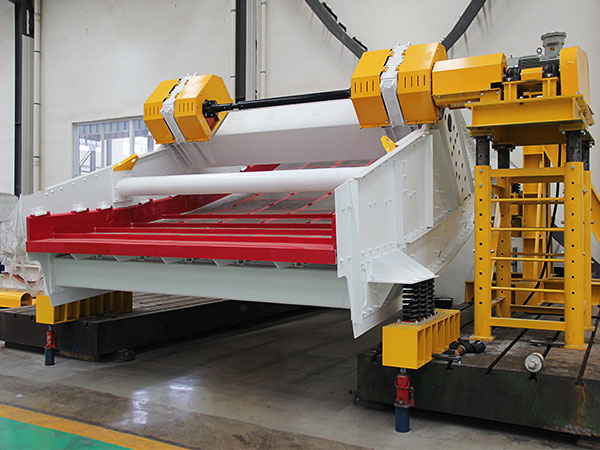https://www.ls-casting-mold.com/wp-content/uploads/2022/03/calcium-hydroxide.jpg
450
600
lsmojv
http://www.ls-casting-mold.com/wp-content/uploads/2018/12/lslogo-300x138.png
lsmojv2023-03-22 09:55:512023-03-22 09:55:51CALCIUM HYDROXIDE MANUFACTURING PROCESS
https://www.ls-casting-mold.com/wp-content/uploads/2022/02/Vibrating-Screen4-1.jpg
450
600
lsmojv
http://www.ls-casting-mold.com/wp-content/uploads/2018/12/lslogo-300x138.png
lsmojv2023-03-22 09:36:292023-03-22 09:36:29What are the application fields of linear vibrating screen
https://www.ls-casting-mold.com/wp-content/uploads/2022/03/20181211140425_4358.jpg
450
700
lsmojv
http://www.ls-casting-mold.com/wp-content/uploads/2018/12/lslogo-300x138.png
lsmojv2023-03-22 09:10:572023-03-22 09:10:57What is the feed size of HPGR?
https://www.ls-casting-mold.com/wp-content/uploads/2023/01/轴叉锻件.jpg
800
800
lsmojv
http://www.ls-casting-mold.com/wp-content/uploads/2018/12/lslogo-300x138.png
lsmojv2023-03-15 16:51:362023-03-15 16:51:36WHAT IS THE PROCESS OF OPEN DIE FORGING
https://www.ls-casting-mold.com/wp-content/uploads/2022/08/Harmonic-Reducer-Bearing.jpg
700
700
lsmojv
http://www.ls-casting-mold.com/wp-content/uploads/2018/12/lslogo-300x138.png
lsmojv2023-03-15 16:40:442023-03-15 16:40:44What are the performance advantages of harmonic reducer bearings
https://www.ls-casting-mold.com/wp-content/uploads/2022/06/IMG_6351.jpg
400
600
lsmojv
http://www.ls-casting-mold.com/wp-content/uploads/2018/12/lslogo-300x138.png
lsmojv2023-03-15 16:27:552023-03-15 16:27:55How do you choose a slewing bearing?
https://www.ls-casting-mold.com/wp-content/uploads/2023/02/1Z4A4080-e1675922944857.jpg
400
600
lsmojv
http://www.ls-casting-mold.com/wp-content/uploads/2018/12/lslogo-300x138.png
lsmojv2023-03-15 16:10:502023-03-15 16:10:50How much does an indoor grow racks cost?
https://www.ls-casting-mold.com/wp-content/uploads/2022/08/paper-tube-machine-2.jpg
376
495
lsmojv
http://www.ls-casting-mold.com/wp-content/uploads/2018/12/lslogo-300x138.png
lsmojv2023-03-15 15:31:052023-03-15 15:31:05What is the price of the automatic bag making machine
https://www.ls-casting-mold.com/wp-content/uploads/2022/03/calcium-hydroxide.jpg
450
600
lsmojv
http://www.ls-casting-mold.com/wp-content/uploads/2018/12/lslogo-300x138.png
lsmojv2023-03-15 15:09:412023-03-15 15:09:41WHAT IS THE PRINCIPLE OF CYLINDRICAL CALCIUM-BASED DESULFURIZER
https://www.ls-casting-mold.com/wp-content/uploads/2022/02/Vibrating-Screen4-1.jpg
450
600
lsmojv
http://www.ls-casting-mold.com/wp-content/uploads/2018/12/lslogo-300x138.png
lsmojv2023-03-15 14:53:012023-03-15 14:53:01What is the principle of vibrating screen?
Scroll to top
